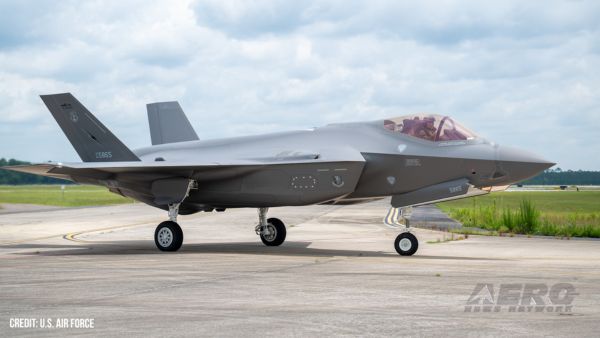Wed, Jan 23, 2013
Rules Have Not Been Updated Since 1964
The FAA proposes to amend and "harmonize" minimum altitudes for use of autopilots for transport category airplanes. The proposed rule would enable the operational use of advanced autopilot and navigation systems by incorporating the capabilities of new and future autopilots, flight guidance systems, and Global Navigation Satellite System (GNSS) guidance systems while protecting the continued use of legacy systems at current autopilot minimum use altitudes. The proposed rule would accomplish this through a performance-based approach, using the certified capabilities of autopilot systems as established by the Airplane Flight Manual (AFM) or as approved by the Administrator.

Currently, operators have a choice whether or not to update their aircraft with new autopilots as they are developed and certified by equipment manufacturers. This rule would not affect that decision-making process and would protect operators who choose to continue to operate as they do today. As a result, the proposed rule would not impose any additional costs on certificate holders that operate under parts 121, 125, or 135. Also, by setting new minimum altitudes for each phase of flight that certified equipment may operate to, the proposed rule would give manufacturers more certainty that new products could be used as they are developed.
According to the NPRM posted in the Federal Register, The FAA and Civil Aviation Authority (CAA) technical standards for autopilot systems date back to 1947. These standards have been revised eight times since 1959, but the operating rules for autopilot minimum use altitudes ave not been amended in any significant way since the recodification of the Civil Aviation Regulations (CAR) and Civil Aviation Manuals (CAM) on December 31, 1964.
By contrast, autopilot certification standards contained in § 25.1329 were updated as recently as April 11, 2006. Consequently, operational regulations in parts 121, 125, and 135 do not adequately reflect the capabilities of modern technologies in use today and thus make it difficult to keep pace with the FAA’s implementation of NextGen.
The comment period on this NPRM is open through February 4.
More News
“We have seen astounding demand for the G800, and the entire Gulfstream team is excited to begin making deliveries to our customers. The G800 is entering service with extraor>[...]
Aero Linx: Recreational Aviation Australia (RAAus) Recreational Aviation Australia is progressively working towards improving safety outcomes through a holistic approach to safety >[...]
Classic Klyde Morris From 11.07.16 (and Remembering Bob...) FMI: www.klydemorris.com>[...]
Also: GADFLY AI-Driven Engine Analysis, Knockoff Iranian Drones, Russian Surveillance, 40 NASA Missions Chopped This year’s Zenith Homecoming event will soon be taking off at>[...]
Also: H55 Completes American Tour, Robinson Trade-Ins, Retired AV-8B Harrier, NS-35 Mission Organizers of the iconic annual Air Race Classic will soon be opening registration for t>[...]
 Aero-News: Quote of the Day (08.28.25)
Aero-News: Quote of the Day (08.28.25) ANN's Daily Aero-Linx (08.28.25)
ANN's Daily Aero-Linx (08.28.25) Classic Klyde Morris (08.25.25)
Classic Klyde Morris (08.25.25) Airborne 08.25.25: Zenith Homecoming, VP Racing, Affordable Flying Expo 2025
Airborne 08.25.25: Zenith Homecoming, VP Racing, Affordable Flying Expo 2025 Airborne 08.22.25: ARC Spinoff, Nat'l Championship Air Races, Hawkins Accident
Airborne 08.22.25: ARC Spinoff, Nat'l Championship Air Races, Hawkins Accident



